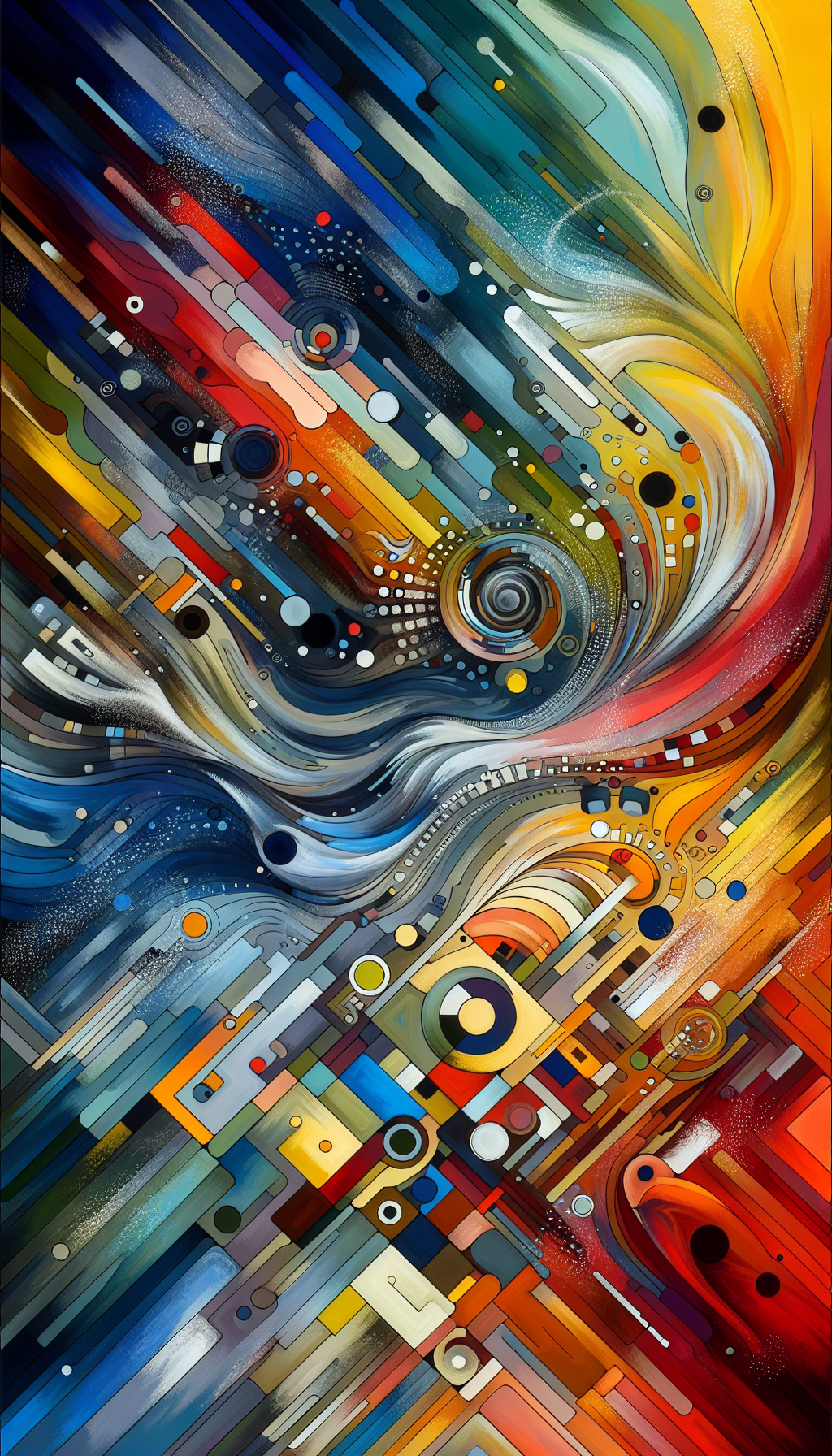In the world of art, technology is now being used as an adjudicator in identifying the authenticity of artworks. A recently controversial “Van Gogh” painting ignited a heated debate involving technology, art connoisseurs, and the high-stakes art market. Here’s where AI stepped in, playing a crucial role in settling the dispute.

AI is transforming the way art authentication is carried out, providing a much-needed third eye that is devoid of human bias or error. This method involves the use of pattern recognition algorithms to examine the artwork meticulously, comparing it with the artist’s recognized works. Every stroke, color scheme, and texture are analyzed, identifying the subtlest of differences that might escape the human eye. As such, AI can solve the riddles of the art world, unmasking forgeries and confirming masterpieces with impressive accuracy.
On the other hand, the fast-food industry is also experiencing a digital revolution, with AI stepping in to streamline operations and enhance customer experience.
Some of your favorite fast-food chains, including Taco Bell, KFC, and Pizza Hut, are preparing to integrate AI into their services. This transformation is being made possible through a partnership with Nvidia, a pioneer in AI technology.
These fast-food behemoths plan to introduce AI-powered drive-thrus to offer a seamless and efficient ordering process. AI integration will facilitate voice recognition for order placements, predictive ordering based on past preferences, and personalized upselling. This technology implementation aims to improve service speed, increase order accuracy, and elevate the overall customer experience.
While some may view AI’s encroachment into different sectors with a degree of skepticism, it is undeniable that AI offers substantial benefits.
In the art world, it provides a level of certainty and precision that human expertise alone cannot provide.
Simultaneously, in the fast-food industry, AI promises enhanced efficiency and customer satisfaction, ultimately leading to increased profits.
However, it is crucial to remember that like any technology, AI is simply a tool. Its effectiveness and influence largely depend on how it is utilized. As we step into this new era of AI integration, it’s essential that we proceed with a balanced perspective, leveraging the benefits of AI while being mindful of potential pitfalls and ensuring ethical usage.
After all, the future of these industries lies not just in the hands of technology, but in how we choose to harness its potential.